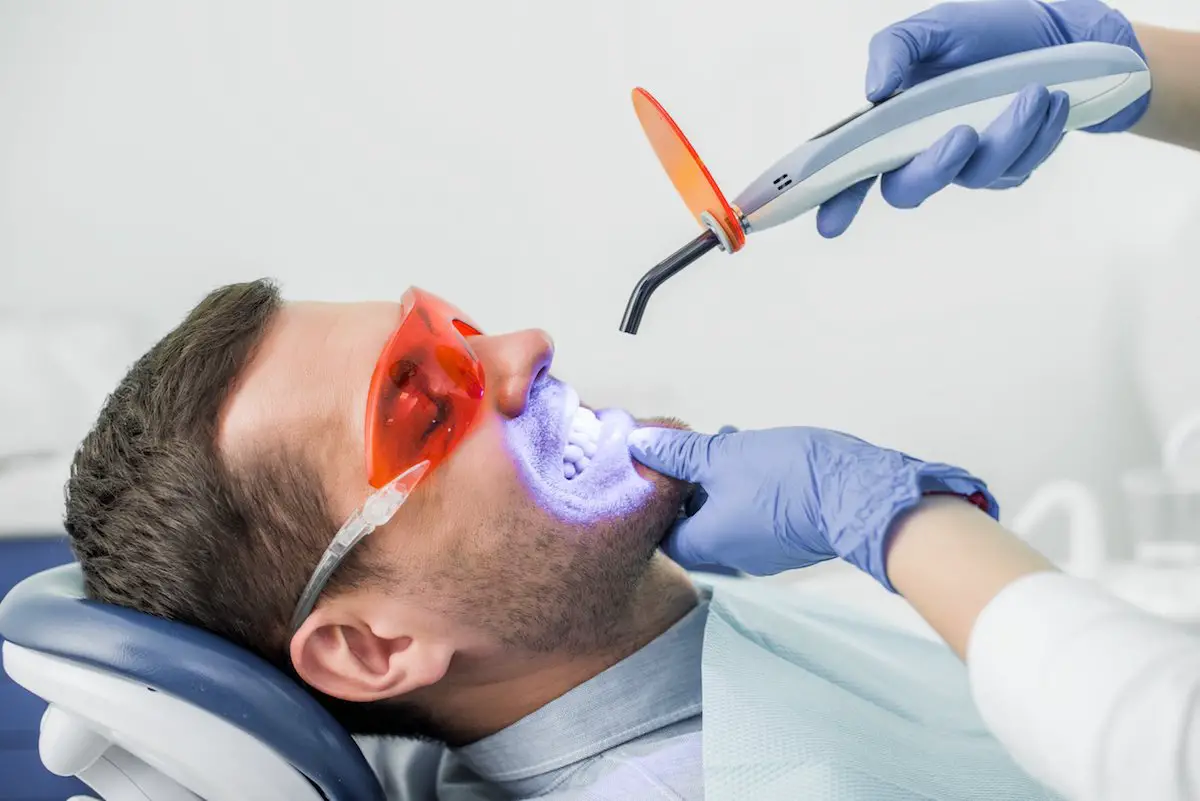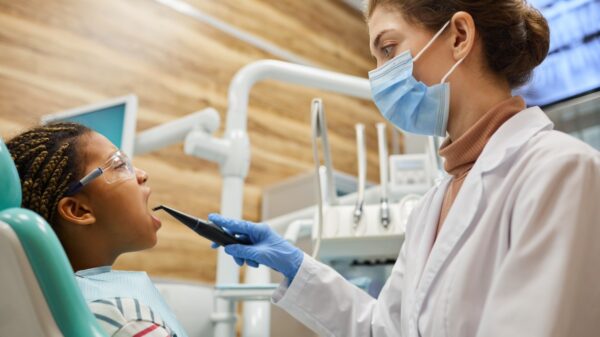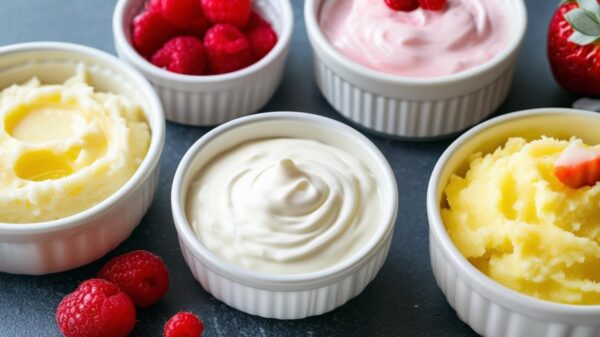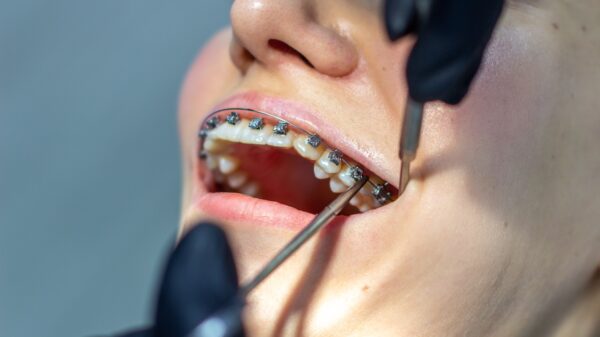Are there pain-free options when you want to whiten your sensitive teeth?
This is a great question for those who have been thinking about having their teeth whitened. If you’ve been wondering about this but have been unsure, then we have an answer for you.
Can sensitive teeth be whitened without pain? Yes, there are some pain-free options when you want to whiten your sensitive teeth.
To find out all of the various options to whiten sensitive teeth without the pain and to learn more about why your teeth are sensitive or how to prevent your teeth from becoming sensitive in the future, keep reading!

Why Do Teeth Become Sensitive?
There are a number of reasons why teeth can become sensitive. One common reason is that the enamel on your teeth may have been worn down, exposing the dentin beneath. This can happen from brushing too hard, using toothpaste with abrasives, or eating acidic foods. Gum disease can also cause sensitivity by exposing the roots of your teeth. Other causes include tooth decay, cracks or damage to your teeth, and gum recession.
If you have sensitive teeth, there are a few things you can do to help relieve the discomfort. Use a soft-bristled toothbrush and be gentle when brushing. Avoid overly hot or cold beverages and food, and use a desensitizing toothpaste designed specifically for sensitive teeth. If your sensitivity is severe, you may need to see your dentist for treatment. They can provide you with a special fluoride gel or varnish to help strengthen your teeth and reduce discomfort.
I Don’t Know Much About Teeth Whitening
Teeth whitening is one of the most popular cosmetic dental procedures, yet many people are still afraid to try it. There are a few common myths about teeth whitening that may be holding you back. Let’s debunk these myths and help you see why there’s nothing to be afraid of when it comes to teeth whitening!
Myth 1: Teeth Whitening is Painful
This is probably the most common myth about teeth whitening. People think that because bleaching agents are used, it must be painful. However, this is not always the case! The bleaching agent only affects the outermost layer of your tooth enamel, so you should not feel any pain during the procedure.
Myth 2: Teeth Whitening is Bad for Your Teeth
Another common myth is that teeth whitening is bad for your teeth. This simply isn’t true. Teeth whitening is perfectly safe when done by a professional dentist. It can help to improve the overall health of your teeth by removing any staining or discoloration.
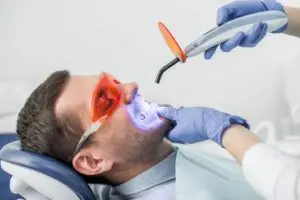
Myth 3: Teeth Whitening Takes a Long Time
Many people also believe that teeth whitening takes a long time to see results. While it’s true that you won’t see results immediately, you will notice a difference after just one treatment. Most people see the best results after multiple treatments, but even one treatment can make a significant difference.
Myth 4: I Can’t Do Teeth Whitening with Sensitive Teeth
When it comes to having a bright, white smile, teeth whitening is an important treatment to consider – even if you have sensitive teeth. Professional teeth whitening performed by your dentist is always the best and safest option. However, some at-home teeth whitening treatments can be effective for people with sensitive teeth.
Can teeth whitening make teeth sensitivity worse?
Yes, it is possible that teeth whitening can make teeth sensitivity worse. This is because the bleaching agents used in many whitening products can cause irritation and inflammation of the gums. This can lead to increased sensitivity of the teeth. In some cases, people may also experience temporary redness and swelling of the gums after whitening their teeth.
So how can I whiten my teeth when they are sensitive?
Are you struggling with teeth that are yellow, stained, or just not as white as you would like them to be? You may be considering professional teeth whitening. But did you know that professional teeth whitening can also help with pain?
If your teeth are discolored, it can be difficult to eat or drink anything without feeling self-conscious. This can lead to avoiding certain foods and drinks altogether, which can then lead to nutritional deficiencies. Professional teeth whitening can help get rid of those unwanted stains and give you back your confidence.
But beyond the cosmetic benefits, professional teeth whitening can also help with the pain. If your teeth are sensitive, whitening can help desensitize them. And if you suffer from TMJ pain, whitening can help by relaxing the muscles in your jaw.
Along with getting your teeth professionally clean, you can look into veneers.
If you have sensitive teeth, you may feel like you’re stuck with a dull, yellow smile. But there’s hope! Veneers are an option for brightening up your teeth while still being gentle on your gums.
Veneers are thin shells of porcelain that are bonded to the front of your teeth. They can be used to cover up stains, chips, and other imperfections. And because they’re made of porcelain, they reflect light in the same way that your natural teeth do. This means that veneers can give you a bright, white smile without the use of harsh chemicals or bleaching agents.
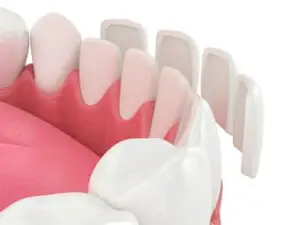
9 Great At-Home Whitening Ideas
There are a few at-home methods you can use to whiten your teeth without the pain, and they’re quite simple.
1. Baking Soda and Hydrogen Peroxide Paste
Baking soda is a natural whitening agent, while hydrogen peroxide is an antiseptic that can also help remove stains. To make the paste, simply mix equal parts of baking soda and hydrogen peroxide with a little water. Apply it to your teeth with a toothbrush, and leave it on for about two minutes before rinsing away.
2. Strawberry and Baking Soda Mixture
Strawberries contain malic acid, which can help remove surface stains from teeth. To make the mixture, mash up a few strawberries and mix them with a teaspoon of baking soda. Apply it to your teeth with a toothbrush, and leave it on for about five minutes before rinsing away.
3. Coconut Oil Pulling
Coconut oil has antibacterial and antimicrobial properties, which can help fight off the bacteria that cause plaque and staining. To do coconut oil pulling, simply swish a tablespoon of cold-pressed coconut oil around in your mouth for about 20 minutes. Spit it out, then brush your teeth as usual.
4. Banana Peel Rub
Banana peels contain potassium, magnesium, and manganese, which can help whiten teeth. Rub the inside of a banana peel on your teeth for two minutes, then brush your teeth as usual.
5. Apple Cider Vinegar Rinse
Apple cider vinegar has antibacterial and antiseptic properties, which can help fight off the bacteria that cause plaque and staining. To use it as a rinse, mix one part apple cider vinegar with two parts water. Swish it around in your mouth for one minute, then spit it out. Rinse your mouth with water afterward.
6. Lemon Juice and Baking Soda Paste
Lemon juice is an acidic fruit that can help remove surface stains from teeth. Baking soda is a natural whitening agent. To make the paste, mix equal parts lemon juice and baking soda. Apply it to your teeth with a toothbrush, and leave it on for one minute before rinsing away.
7. Turmeric Powder and Milk Mixture
Turmeric powder is a natural bleaching agent, while milk contains lactic acid, which can help remove surface stains from teeth. To make the mixture, mix one teaspoon of turmeric powder with two tablespoons of milk. Apply it to your teeth with a toothbrush, and leave it on for five minutes before rinsing away.
8. Aloe Vera Rub
Aloe vera gel contains hydrogen peroxide, which can help remove stains from teeth. Rub aloe vera gel on your teeth for two minutes, then brush your teeth as usual.
9. Saltwater Rinse
Saltwater can help to remove plaque and bacteria from your teeth. To use it as a rinse, mix one teaspoon of salt with eight ounces of warm water. Swish it around in your mouth for one minute, then spit it out. Rinse your mouth with water afterward.
Caring for your teeth after teeth-whitening is important.
Sensitive teeth can be a common side effect of teeth whitening. If you experience sensitivity after whitening your teeth, there are some things you can do to help ease the discomfort.
First, try using toothpaste for sensitive teeth. These kinds of toothpaste are designed to help reduce sensitivity and can be found at most drugstores or supermarkets.
Second, avoid drinking hot or cold beverages for 24 hours after whitening your teeth. This will give your teeth time to adjust to the new level of whiteness and should help reduce sensitivity.
Third, try using a mouth rinse designed for sensitive mouths. These rinses can help soothe irritated gums and reduce sensitivity.
Finally, if you find that your teeth are still sensitive after trying these home remedies, you may want to talk to your dentist about professional treatment options. A dentist can provide you with a custom-fitted mouthguard or other treatment that can help reduce sensitivity and protect your teeth.
Don’t let the fear of pain cause you not to whiten your teeth.
There are many ways to whiten your teeth without pain. Try one of the home or professional remedies listed above, and you’ll be on your way to a brighter smile in no time! You don’t have to suffer through sensitive teeth when trying to get a whiter smile.



